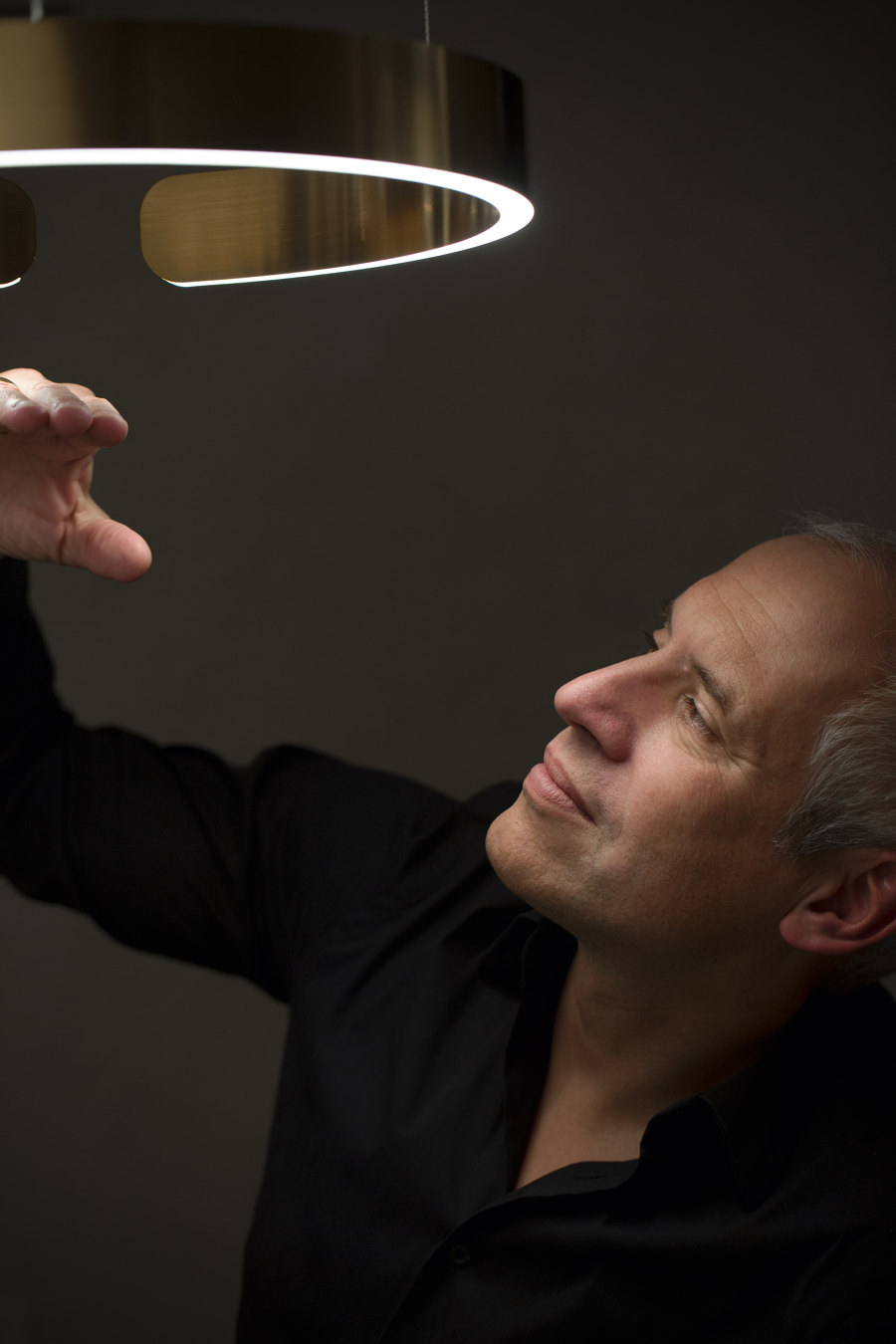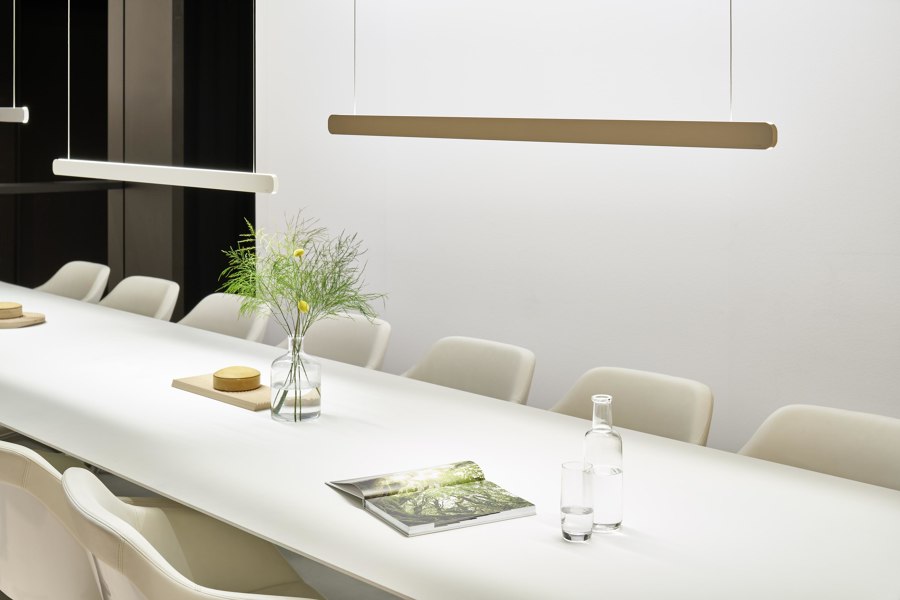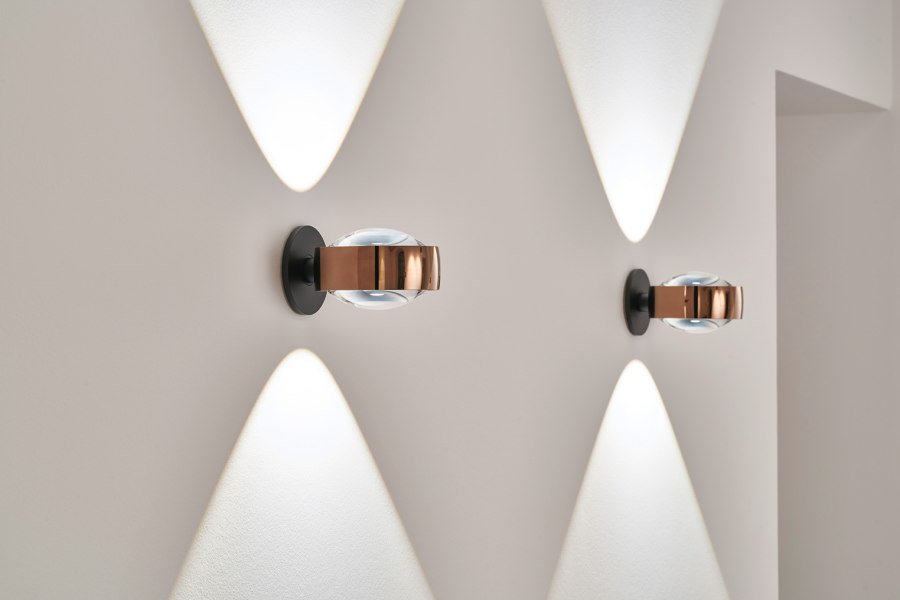The architecture of lighting: Occhio
Storia del Marchio di Simon Keane-Cowell
München, Germania
29.03.19
Munich-based lighting brand OCCHIO knows just how critical a holistic approach to lighting design is to the success of an architectural project and to the quality of life of its users.
"The Crystal Goblet" was the title respected typography scholar Beatrice Warde gave her seminal 1930 essay on why type should always aim for clarity and legibility. Letterforms on a page should be quasi-invisible, never being so expressive that they get in the way of the messages they convey.
With lighting design, the drinking glass has often been somewhat opaque. An emphasis on the form and the materials used to create a luminaire has often be attended by a relative lack of thought about how light itself can be designed. How, when consciously considered, it can help shape interior-architectural space and shape the mood and well-being of its users. Light as feel-good, fit-for-purpose building element.
Someone enlightened (pun intended) to this way of thinking is Munich-based designer Axel Meise. Having worked for a number of years on various lighting concepts and in the process developed a healthy degree of frustration with what was available on the market in terms of products, he set up innovation-led, architecture-enhancing lighting brand Occhio and set about changing the game.
Enter the universal lighting system, a pioneering system of LED luminaires, developed with discerning architects, lighting planners, builders, as well as consumers, in mind, where the quality of light is as key as the quality of design. While the character of the light produced can be determined to a highly nuanced degree via changeable lenses, colour filters and inserts by the user, inviting them to become active participants in the design process, the benefits for professionals make Occhio’s products a serious contender for any lighting project, be it contract or residential
The luminaires themselves are highly considered, both formally and materially, working as hard when they’re turned off as when they’re on thanks to their design quality. Rational, yet friendly, and supremely modular, they connect with the architectural space into which they are installed, and, when used throughout a scheme, help connect spaces via a consistent quality of light. What’s more, they can be controlled touchless by a simple hand gesture or via an app, further underscoring the effect that lighting has on the perception and experience of space, and, as Occhio describes it, the “joy of use”.
So, lighten up, people!
© Architonic






